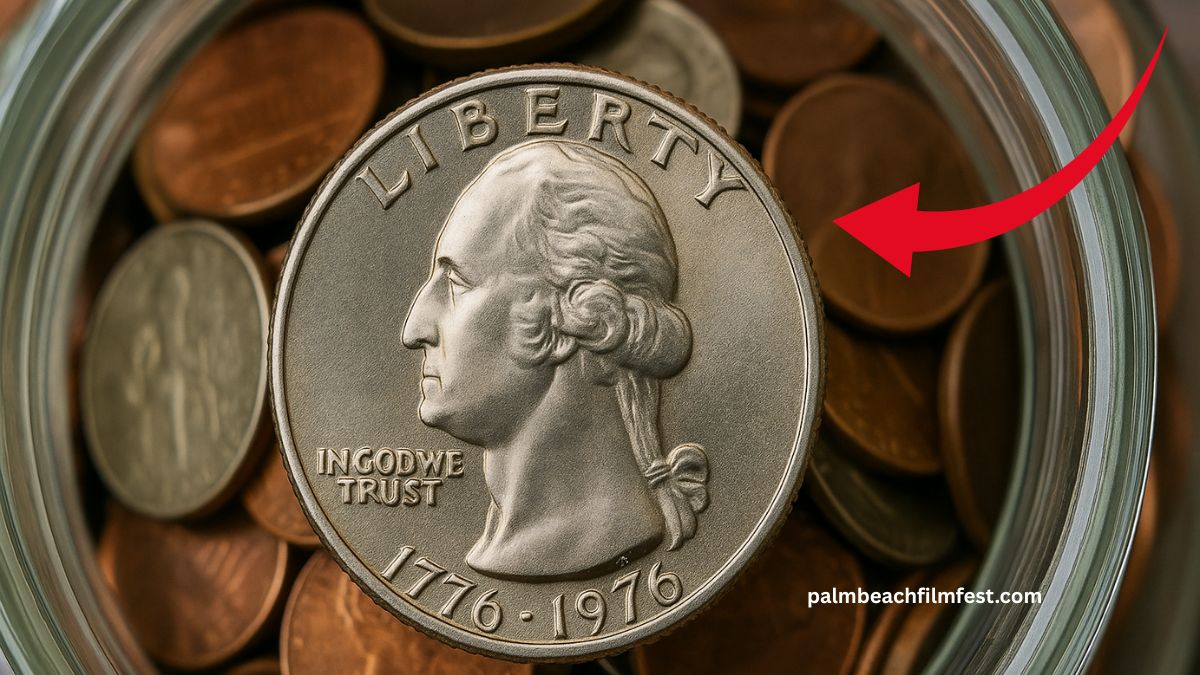This Bicentennial Quarter Was Found In A Grocery Store Jar – Now Worth $75,000
In an extraordinary turn of events, a rare 1976 Bicentennial Quarter was discovered in a grocery store’s coin jar, later fetching an astounding $75,000 at auction.
This remarkable find underscores the potential value hidden in everyday pocket change, especially when it comes to coins with unique characteristics.
The Bicentennial Quarter: A Brief Overview
Issued in 1976 to commemorate the 200th anniversary of American independence, the Bicentennial Quarter features a distinctive dual date “1776–1976” on the obverse and a Colonial drummer boy design on the reverse. These quarters were minted in large quantities across three facilities:
- Philadelphia (no mint mark)
- Denver (“D” mint mark)
- San Francisco (“S” mint mark)
While most of these coins are common, certain variants, especially those with minting errors or unique compositions, are highly sought after by collectors.
What Makes This Quarter Worth $75,000?
The quarter discovered in the grocery store jar stood out due to several rare features:
- No Mint Mark: Indicating it was minted in Philadelphia, which produced fewer error coins compared to other mints.
- Double Die Obverse (DDO): A minting error where the coin’s design elements appear doubled, particularly noticeable on inscriptions like “LIBERTY” and “IN GOD WE TRUST.”
- High-Grade Condition: Despite being found in circulation, the coin exhibited minimal wear, suggesting it had been preserved unintentionally.
These combined factors significantly increased the coin’s value, culminating in its $75,000 auction price.
Bicentennial Quarter Variants and Their Values
| Variant | Mint Mark | Composition | Estimated Value |
|---|---|---|---|
| Standard Circulation Coin | None/”D” | Copper-Nickel Clad | $0.25 – $1 |
| Uncirculated Mint State | None/”D” | Copper-Nickel Clad | $5 – $20 |
| Silver Proof Coin | “S” | 40% Silver | $10 – $40 |
| Error Coin (e.g., Double Die, Off-Center) | Varies | Varies | $500 – $20,000+ |
| Rare High-Grade Error Coin (e.g., DDO) | None | Copper-Nickel Clad | Up to $75,000 |
How to Identify a Valuable Bicentennial Quarter
To determine if your Bicentennial Quarter holds significant value, consider the following steps:
- Check for Mint Marks: Look for a “D” or “S” mint mark on the obverse side. No mint mark indicates Philadelphia minting.
- Inspect for Errors: Use a magnifying glass to detect doubling in inscriptions or other anomalies.
- Assess the Coin’s Condition: Coins with minimal wear are more valuable.
- Seek Professional Grading: Organizations like PCGS or NGC can provide an official grade, which can significantly impact value.
The discovery of a $75,000 Bicentennial Quarter in a grocery store jar serves as a compelling reminder of the hidden treasures that may reside in everyday places.
By staying informed and vigilant, you too might uncover a valuable piece of history in your spare change.
FAQs
Are all Bicentennial Quarters valuable?
No, most are worth face value. However, coins with minting errors or in exceptional condition can be worth significantly more.
How can I tell if my quarter has a double die error?
Look for noticeable doubling in inscriptions, especially “LIBERTY” and “IN GOD WE TRUST.” A magnifying glass can aid in detection.
Where can I sell a rare Bicentennial Quarter?
Consider reputable coin dealers, auction houses, or online platforms specializing in numismatics. Ensure the coin is professionally graded to maximize its value.
